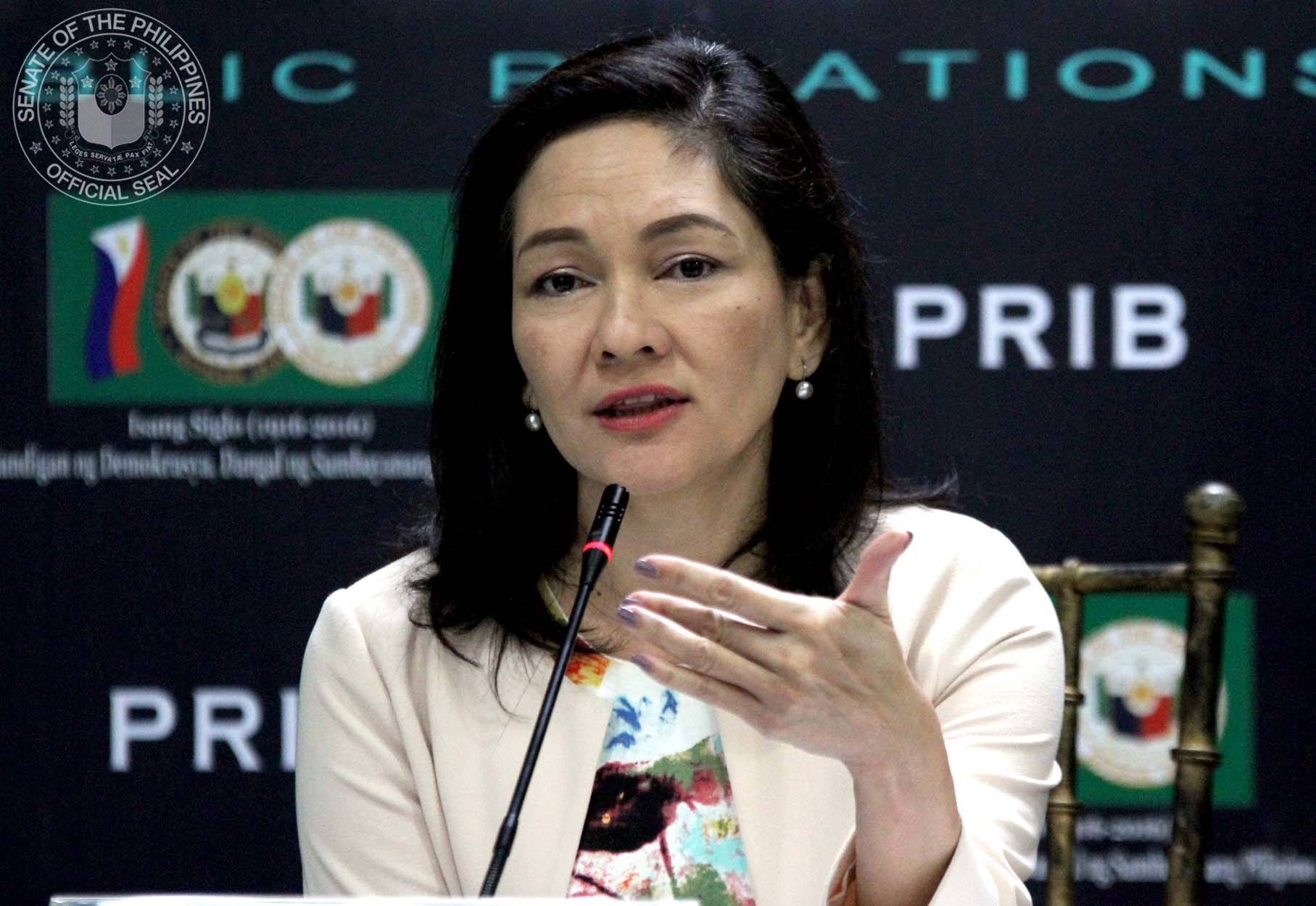Hontiveros calls for ERC probe of MERALCO rate hike
- June 17, 2021
- 0

Sen. Risa Hontiveros urged the Energy Regulatory Commission (ERC) to investigate the Manila Electric Company’s (MERALCO) power rate hike for June, saying it “defies logic” even under the regime of deregulation.
Hontiveros said that the ERC must provide a “convincing” report that will prove that the increase is credible and acceptable before implementing any rate adjustment.
“Ang ERC bilang regulatory body ay dapat may pagkiling sa kapakanan ng konsyumer. Nakita na nating hindi makatwiran ang pagtataas na ito sa singil ng kuryente. Bakit kung kailan sapat o may oversupply, saka pa tumataas ang presyo? Dapat ipakita ng ERC ang basehan ng dagdag-singil na ito,” Hontiveros said in a statement.
The power giant said WESM prices increased by Phpp1.632/kWh to PHp6.4609/kWh in June.
“Sa dami ng ating konsumers, milyones ang katumbas ng kalahating sentimo kada kilowatthour na dagdag-singil. Demanda hindi deadma ang nararapat na tugon ng ERC sa isyung ito,” the senator added.
Hontiveros also said that consumers should not be penalized for the tight supply in the Luzon grid. Instead, power generation companies (gencos) and the national grid operators should admit responsibility.
The Department of Energy (DOE) previously said that the unexpected shutdown of major power plants was a key factor in the placing of the Luzon Grid under Red Alert two weeks ago.
“Based on DOE’s explanation, [the] supply problem was clearly due not to high trading activities at WESM, but to the non-compliance of generating companies and the NGCP in ensuring the availability and security of supply. Regular naman ang summer kaya’t dapat pinaghahandaan na ‘yan ng NGCP at gencos, kasama na ang DOE,” Hontiveros said.
Last week, the senator filed a resolution requesting the Senate to investigate the reason why the country’s electricity rate remains the highest in Southeast Asia and one of the most expensive in the world, 20 years after the enactment of Republic Act 9136 or the Electric Power Industry Reform Act (EPIRA).
She also noted the similarity of this scenario in the Mindanao grid in which the power cost increased by 37% from 2012 to 2019 despite having oversupply of electricity.